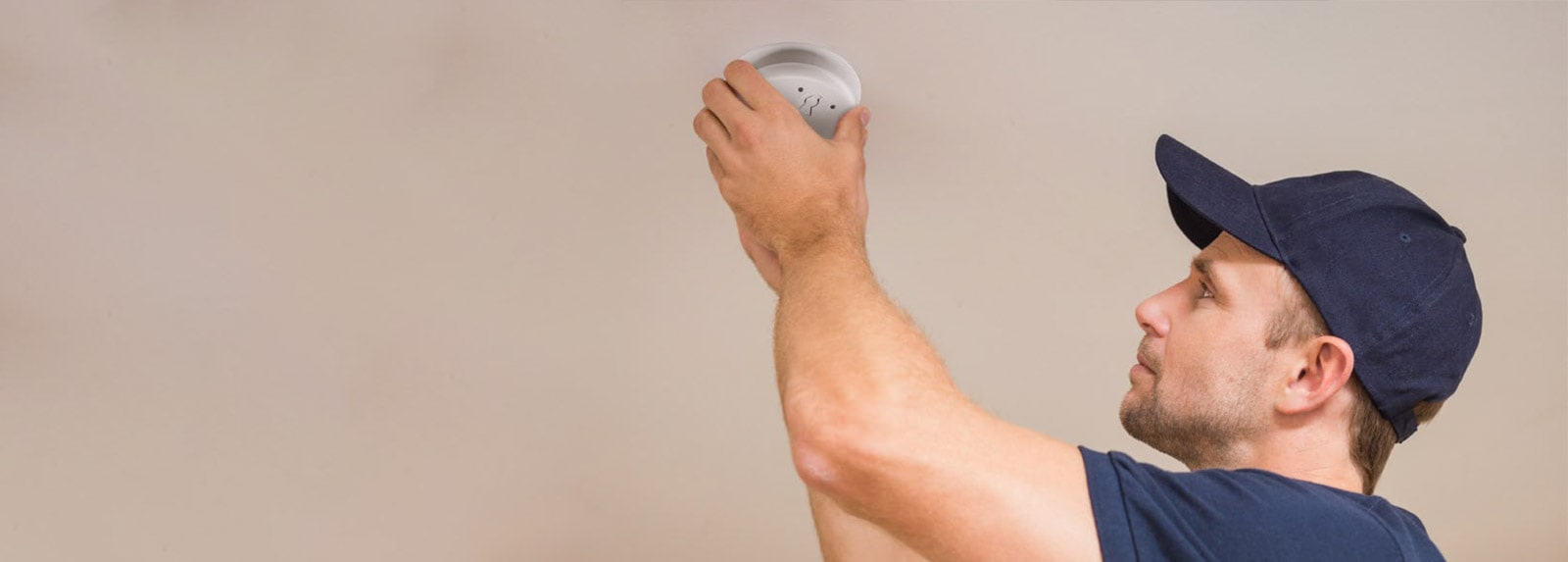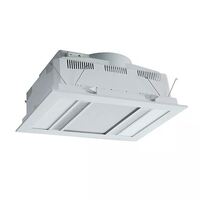
Martec Phoenix 3-in-1 Fan, Heater, Light & Exhaust White
Model # MBHP1000W
Model #
MBHP1000W
$324.50 $295.00 ex GST
Download the MJS App today and get everything you need at your fingertips



Need Help?

Martec Phoenix 3-in-1 Fan, Heater, Light & Exhaust White
Model # MBHP1000W
Model #
MBHP1000W
$324.50 $295.00 ex GST
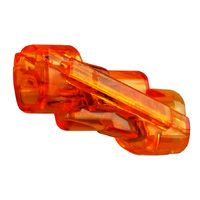
IDEAL Spliceline 2-Port Inline Connector (100 Jar)
Model # 30-1142J
Model #
30-1142J
$38.50 $35.00 ex GST
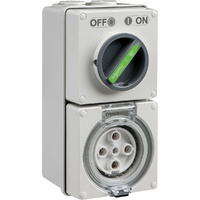
Clipsal Easy56 Round 5 Pin 32A Switched Socket
Model # EY56C532
Model #
EY56C532
$134.50 $122.27 ex GST
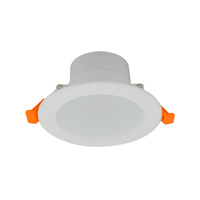
Tradelike BUDDY 10W Non-Dimmable LED Downlight Kit 4000K
Model # TLBU4010W
Model #
TLBU4010W
$4.95 $4.50 ex GST

Clipsal Wiser Smart Smoke Alarm with 10 Year Lithium Battery White
Model # CLP599WSAL
Model #
CLP599WSAL
$152.90 $139.00 ex GST
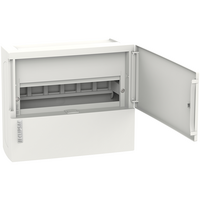
Clipsal Resi MAX 1 Row 12 Pole Surface Mount Switchboard
Model # RMXE112S
Model #
RMXE112S
$46.20 $42.00 ex GST
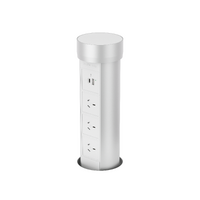
Point Pod Multi Pop Up Powerpoint 3 x Power 2 x USB Silver
Model # PPM01
Model #
PPM01
$490.50 $445.91 ex GST
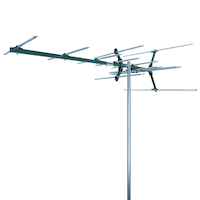
Matchmaster 03MM-DC21V Digital TV Antenna
Model # 03MM-DC21V
Model #
03MM-DC21V
$137.50 $125.00 ex GST
 Click here to see our huge range
Click here to see our huge range
Date Posted:21 July 2023
Whether they’re prompting you to take action pronto or jolting you awake at 4am, smoke alarms or detectors provide that red alert that may just save your life.
So, are smoke detectors required by law? The answer is yes, and the legal requirements vary from state to state. In this blog post, we’ll discuss everything you need to know relating to smoke detector mandates and how to choose the safest model for your home. We’ll also provide some DIY tips detailing the correct way to install your smoke alarm.
As established, smoke alarms are a legal necessity for homeowners. While the nationwide minimum is almost always one smoke detector per home, factors such as building layouts and state-specific laws will usually call for more.
So, where are smoke detectors required in a house? In New South Wales, for instance, the law dictates that you must have at least one alarm:
The above applies to all occupied or rental properties, relocatable homes, caravans and camper-vans, as well as any other residential property where at least one person sleeps.
Nationwide, the Building Code of Australia states that all properties built or substantially renovated since 1997 require smoke alarms that are a) mains-powered, b) backed up with an emergency battery and c) interconnected (in the case of the property hosting multiple alarms). Whichever state or territory in which you reside, however, it’s best to keep up to date with the legislation specific to your location.
When purchasing a smoke alarm, keep your eyes peeled for the following features:
This certification or registration confirms that your smoke detector complies with the Australian Standard, AS 3786:2014, and sometimes the older version, AS 3786:1993. Some states take the 2014 update as gospel while others are still okay abiding by the 1993 iteration. To ensure you’re installing your safety equipment as per the book, you should research your state or territory’s stance on AS 3786 before buying your alarm. That said, you’d be hard-pressed to find a smoke alarm available to purchase from a reputable supplier without this certification.
Can smoke detectors go bad? Due to their often battery-operated nature and typical 10-year lifespan, the answer is yes. Seeing as you will need to change your smoke detector every 10 years or so, it can seem rather fiddly to replace batteries on the annual when you could just buy a detector to last you that decade. If this is your stance, you may wish to buy a smoke alarm featuring a non-removable battery with a 10-year life. Doing it this way means you can dispose of the detector and battery in one swift motion when the time comes to replace it again.
Even with the assurance of 10-years of battery life, you may still want confirmation that your alarm is working. You may also wish to do this without having to heave a ladder or reach for a broom handle. For touch-free testing convenience, ensure to find a model that can connect with a remote control. Many smoke alarm brands now have remote controls as part of their range which will speak to that brand’s smoke alarms.
Unfortunately, smoke alarms often kick into action when we don’t need them. Almost everyone who’s gotten a bit too adventurous cooking at home knows what we mean here. Luckily, with a hush button, you can silence this unsolicited sound with a simple press. In a similar vein to pressing the test ‘button’, you can also hush some smoke alarms from the ground via remote control.
‘Self-aware’ smoke alarms will monitor their own battery life and send a warning ‘beep’ when they’re on their last legs. The beep will be persistent and irritating, which is often the push required to secure your own safety and change your smoke detector or battery when it’s necessary.
A fire and a nighttime power outage is about the worst combination imaginable. To remedy this double dose of bad luck, some smoke detectors activate a light when their alarm sounds. Depending on the scenario, this light could spell the difference between life and death.
Teamwork makes the dream work. If your mains or battery-powered smoke alarms can speak with one another, they’ll all know to sound when at least one activates. This way, everyone in the building will know to go perhaps a few seconds sooner than they would have otherwise—and, when there’s a fire, every second counts.
If you’re hearing impaired, you may wish to invest in either extra-loud alarms, strobe lighting or vibrating pads for the bed. Contact your local Deaf Society or fire brigade for further information.
It’s all well and good to have your ideal smoke alarm, but if it’s not installed correctly, it won’t do its job. Check out our DIY tips below so you can get your battery-powered smoke alarm installed like a pro.
We’ve already covered the legal requirements about where you should install smoke alarms, so we’ll kick off with some quick and dirty tips:
Can smoke detectors be installed on walls? Yes, but it’s best to install them on the ceiling. The higher up your smoke detector, the better-positioned it will be to detect smoke. Remember, smoke rises, so if you are going to install a smoke detector on the wall, ensure it’s a very tall wall.
If you’re opting for interconnected smoke alarms, ensure they’re all compatible with each other. If the brand you’ve chosen has instructions detailing how to connect all alarms, ensure to follow them as written. Once you’ve set this up, you can test the smoke alarms’ connections like so:
Once you’ve determined where to install your alarm, remove its mounting plate and hold it against the spot in question. Take note of the mounting plate holes and mark their position on the ceiling with a pencil. This will form the blueprint for where you should drill when installing your smoke alarm.
Pre-drill the pencilled dots to a five-millimetre diameter.
Your new smoke alarm should come with two plastic plugs. Fill each of your new holes with one plastic plug each.
Grab your mounting plate again and align it with the plastic plugs. From there, firmly affix your screws into the plastic plugs.
Align the smoke alarm body with the mounting plate and twist it clockwise to secure it in place. Or, if your smoke alarm comes with an instruction manual, follow this instead.
Double-check that you’ve installed the smoke alarm correctly by holding down the test button for a few seconds. If the alarm sounds, you’re good to go; if the alarm doesn’t sound, you’ll need to either reset the alarm or change the batteries. Locate the reset button, hold it for 15 to 20 seconds, and repeat the test again.
Once you have your alarm up and running, the best maintenance tip we can give is to clean and dust it on the regular. Dust, dirt, debris and bugs can interfere with smoke alarm functionality. To keep this vital piece of safety equipment ticking along, we recommend cleaning it at least twice a year. It doesn’t even need to be a time-consuming process—simply run a vacuum cleaner around the alarm’s exterior, give your alarm a dust, or wipe your alarm down with a cloth.
Keeping your smoke alarm operational is not only a safety essential but a legal requirement. If it’s about time to replace yours, MJS Electrical Supplies has a huge range of smoke alarms from which to choose. Browse our online store and find your ideal solution for keeping your family, loved ones, housemates or tenants safe. Finally, if you need any help finding the ideal smoke detector for your setup or property, the team at MJS Electrical Supplies is just a message or phone call away. We hope you find the smoke detector that best suits your needs.

Copyright © 2025 MJS Electrical Products & Supplies. All rights reserved



Add your favourites to cart

Select Afterpay at checkout

Log into or create your Afterpay account, with instant approval decision

Your purchase will be split into 4 payments, payable every 2 weeks
All you need to apply is to have a debit or credit card, to be over 18 years of age, and to be a resident of country offering Afterpay
Late fees and additional eligibility criteria apply. The first payment may be due at the time of purchase
For complete terms visit afterpay.com/terms
 .
.
